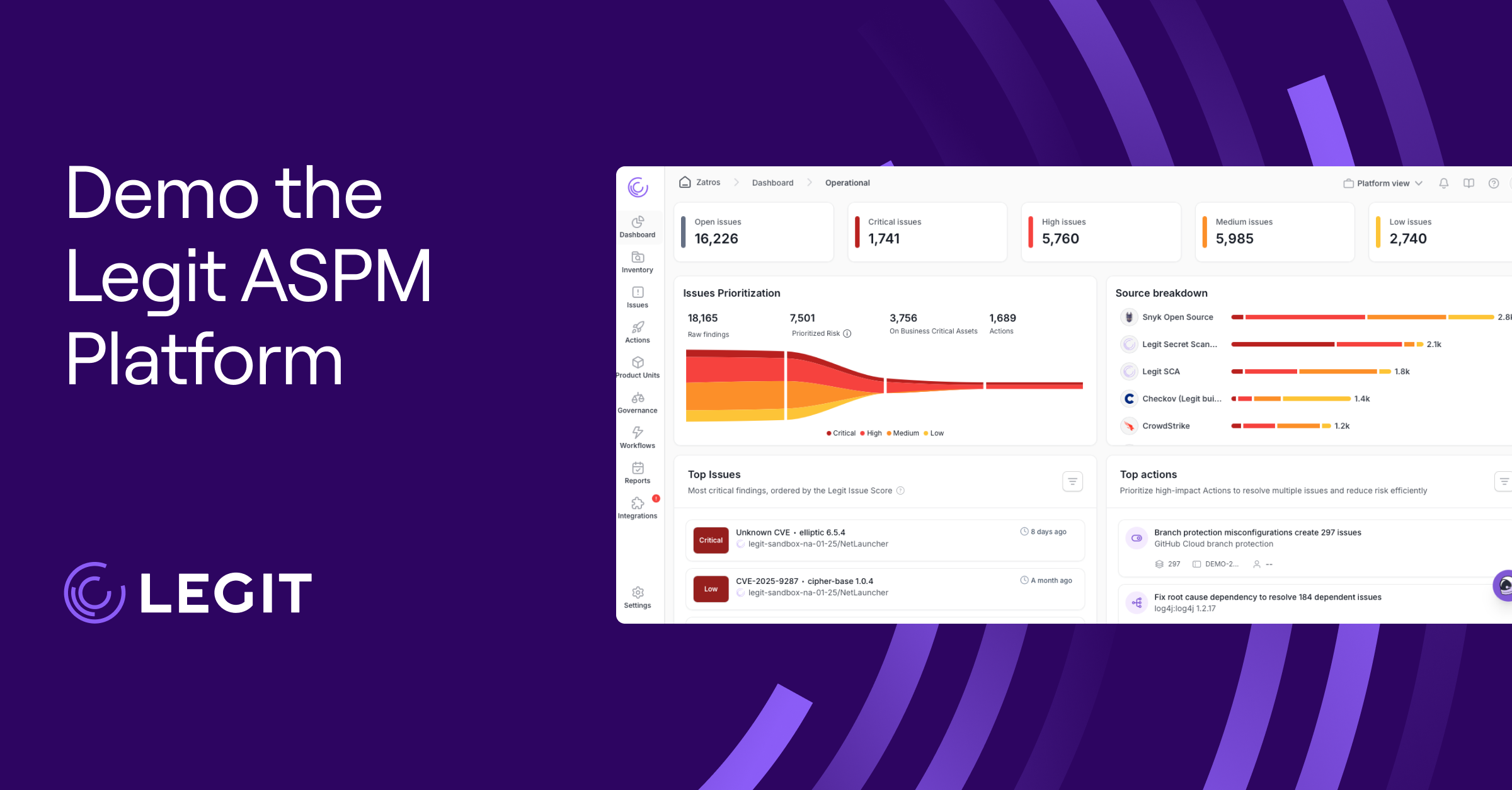Cyberattacks don’t just target large enterprises. They hit small and mid-size organizations just as often, and the fallout can undermine operations. That’s why every business needs a defensive cybersecurity strategy built on prevention and early detection.
This article defines defensive cybersecurity, explains why it matters, and shows how it compares to offensive approaches like penetration testing. We’ll also break down the steps you can follow to build a strong security program for your own organization.
What Is Defensive Security?
Defensive cybersecurity focuses on protecting your organization’s systems and data from attacks by putting proactive safeguards in place. A defensive cybersecurity strategy is all about prevention and early detection. You’ll use tools like encryption, firewalls, access controls, and continuous monitoring to stop threats before they cause harm to your organization. The goal is to build layers of defense that make it harder for intrusions to succeed.
This responsibility usually falls to the blue team, the group of defensive professionals tasked with day-to-day protection. They enforce policies set by the governance team by implementing controls, monitoring for suspicious activity, responding to incidents, managing vulnerabilities, and running post-incident forensics to improve monitoring rules and prevent repeat attacks.
Why Defensive Cybersecurity Matters
Attackers move fast, and there’s more for them to target than ever before. Many businesses' attack surfaces keep expanding across cloud services, identities, remote users, and third-party apps. Defensive cybersecurity keeps your data safer in these complex environments, and it helps prevent alterations due to mistakes or bad actors.
Effective defensive cybersecurity involves implementing continuous visibility and control, using tools like security information and event management systems (SIEM) for detection, endpoint detection and response (EDR) for endpoint coverage, and cloud security posture management (CSPM) to keep cloud environments configured. You'll also need to tune those controls as threats evolve—not once a year, but every day.
That’s a lot of work, but by putting the time and resources in, you can reduce the odds and impact of breaches and avoid the ripple effects that follow outages and data loss. With global cybercrime costs projected to climb ever higher, disciplined and ongoing defense is crucial.
Key Differences Between Offensive Security vs. Defensive Security
Just because defensive security is important doesn’t mean you should neglect other angles. Offensive and defensive cybersecurity work very well together—one probes for weaknesses using an attacker’s mindset, while the other shields your systems with ongoing defenses.
The table below breaks down the main differences, so you can see how offensive and defensive cybersecurity strategies complement each other.
|
Category |
Offensive security |
Defensive security |
|
Goals |
Identify and validate weaknesses before real attackers do, then recommend fixes |
Prevent, detect, and contain attacks, while keeping systems and data safe and available |
|
Techniques |
Penetration testing, red teaming, attack simulation, and targeted exploitation to prove impact |
Firewalls, IDS/IPS, SIEM, EDR, SOAR, vulnerability management, and CSPM |
|
Mindset and timing |
Attacker mindset, time-boxed engagements that are focused on specific targets |
Continuous operations, always-on monitoring, and response across the environment |
|
Legal and ethical considerations |
Requires explicit authorization, unauthorized testing can cross legal or ethical lines |
Built into day-to-day operations, and fully legal as part of an organization’s responsibility to protect |
|
Scope and outcome |
Narrower scope on chosen assets, produces a report with exploitable paths and remediation strategies |
Organization-wide controls and processes, emphasizes resilience, visibility, and ongoing improvements |
Choosing Whether to Focus On Defensive or Offensive Security
The best security plans carefully balance defensive and offensive techniques. An offensive cybersecurity program attempts to exploit vulnerabilities during controlled security testing, to uncover weaknesses before hackers can act. Defensive operations monitor, detect, and mitigate threats to keep systems and data safe.
Together, these strategies create a feedback loop. Offensive teams validate gaps and prioritize fixes, while defensive teams close those gaps and mitigate risks. Giving plenty of focus to both offensive and defensive cybersecurity delivers the most resilient security posture against ransomware and other threats.
Building a Defensive Cybersecurity Program: 7 Steps
Building a strong defensive cybersecurity program means following a structured process. Each step builds on the last, keeping your defenses consistent, compliant, and ready for modern threats.
1. Risk Assessment
You can’t defend what you don’t understand, so the first step is to know what measures you currently have in place and isolate your weak points. A risk assessment identifies critical assets, likely attack paths, and the potential impact of a breach. This knowledge will guide your decisions about what to defend and how.
You might also map threats against IT security frameworks like the NIST Cybersecurity Framework (CSF) and CIS Controls. The results give you a baseline for determining where your defenses need the most attention.
2. Policy Development
Once you know your risks, it's time for the leadership and governance teams to develop clear security policies. These policies should outline how your organization protects sensitive data, manages user access, enforces password standards, and responds to threats.
Policies can also map security requirements to compliance standards, such as the Payment Card Industry Data Security Standard (PCI DSS) or the Health Insurance Portability and Accountability Act (HIPAA). This gives your defenders a clear framework they can apply consistently across the entire organization.
3. Implementation
Policies only create real value when they move off the page and into daily operations. Implementation involves configuring firewalls, applying encryption, and enabling multi-factor authentication (MFA). It also means adopting a secure software development lifecycle (SDLC) where developers integrate security checks, such as code scanning and compliance validation, directly into the development pipeline.
4. Monitoring
Cybersecurity defense requires constant visibility, because attackers rarely announce themselves. Blue teams have to monitor networks, applications, and endpoints around the clock, often using a SIEM and automated alerts to detect anomalies before they have a chance to escalate. Constant monitoring also verifies that controls work as intended and don’t hinder workflows.
5. Incident Response
Even with preventative measures in place, breaches can happen. An incident response plan ensures that everyone knows their roles when an attack occurs. The faster teams can contain the threat, the less damage and downtime your business faces.
Well-practiced incident response often includes tabletop exercises and integration with continuous compliance requirements.
6. Recovery
Once your defenders contain a threat, the recovery process begins. Recovery aims to minimize downtime, which is more costly than ever. One recent ITIC survey found that over 90% of midsize and large enterprises face hourly downtime costs exceeding $300,000. To avoid that, fast and effective recovery involves restoring systems from backups and rebuilding compromised infrastructure. You’ll also want to confirm that no hidden threats remain.
7. Review and Improvement
Once the threat is contained and recovery is complete, it’s time to review what happened. You’ll want clear records of the threat itself, how your teams responded to it, and whether those efforts worked or failed. This information helps you plan for better prevention in the future, strengthening your cybersecurity posture.
Many organizations use this step to bring in insights from application risk assessments, security audits, penetration testing, and compliance checks. The findings will guide how you update and refine controls and monitoring, so your defenses stay aligned with evolving threats.
Strengthen Your Defensive Cybersecurity With Legit
Firewalls and monitoring tools are only a small part of a successful defensive strategy. Modern resilience also means securing the software supply chain. Legit Security provides full coverage by mapping the entire SDLC, giving you visibility from code to runtime, and continuously inventorying assets and dependencies.
Beyond visibility, Legit enforces customizable security policies. It also automates compliance with standards like PCI DSS and HIPAA, and delivers proactive secrets management to keep sensitive keys and credentials out of code.
By integrating these capabilities into your everyday workflows, you can shift your cybersecurity from reactive response to proactive assurance. Request a demo today, and learn how Legit strengths your security posture.
Download our new whitepaper.


